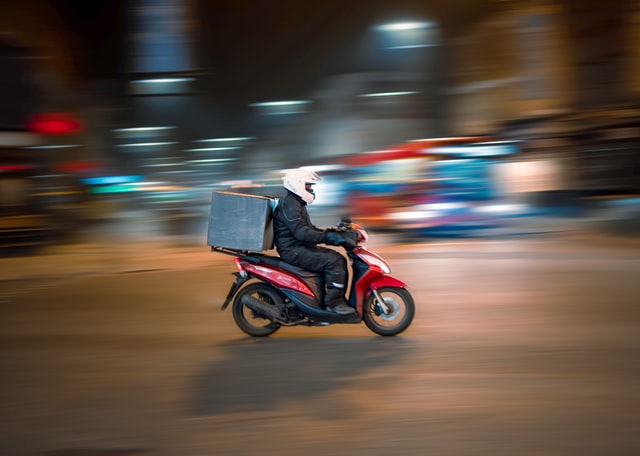As a result of the continuing epidemic, the already problematic last-mile distribution became much more chaotic in 2020. The introduction of contactless delivery, zero-cash payments, health updates and other issues occurred when companies were trying to keep up with increasing consumer demands such as speedier and same-day delivery. Customers that are well-informed demand complete transparency into the fulfilment process from beginning to finish.
They’re interested in knowing where their order is, who delivers it, and when they can expect to get it. It doesn’t end there; consumers want companies to provide them with delivery options that are convenient for them. User loyalty is higher among modern customers when a business offers a flexible online purchasing experience and concessions for customer convenience.
What is last-mile delivery, and how does it work?
Last-mile delivery is the term used to describe the last step of a supply chain process. A product took the trip from a warehouse to the doorstep of the final client. This last phase in the delivery process is crucial and should be carefully controlled to ensure that the package is delivered as quickly as possible.
Because of rising customer demand, firms are planning to complete this critical phase to send products as quickly and efficiently as possible. Whether it is a customer’s home or a retail shop, the end destination of the supply chain must be reached with breakneck speed to keep churning out more and more satisfied consumers. The last mile is also the costly leg of the route from the transportation hub to the final destination; hence resource efficiency should be the primary emphasis area during this journey phase.
The Last-Mile service is comprised of five critical steps.
- Orders are digitally input into a centralized system
As the order or request is being processed, it is being observed by both the sender and the ultimate receiver, who is most likely keeping tabs on the progress of their delivery via the use of a tracking number.
- Orders are received at the transportation hub.
When the last mile delivery procedure starts, companies must guarantee that the order is delivered as swiftly as possible from the transportation hub to the client.
- Orders are assigned to delivery employees.
It is critical to have an efficient, cost-effective delivery last-mile logistics system that sorts and designates items for delivery strategically.
- Orders are scanned before being put onto delivery vans.
This notifies the sender of the order’s current status and the eventual receiver who is keeping track of the shipment. It also decreases the likelihood of packed products being separated from their intended recipients.
- Obtaining proof of delivery
At this point, the package has arrived at its ultimate destination and may be collected. The delivery team then makes the necessary modifications to the tracking information to check and certify that the delivery has been successfully performed.
What is it about last-mile delivery that makes it so difficult?
In contrast to big-scale shipment and distribution, you are not delivering a considerable quantity of things to a single site in this situation. Instead, your delivery drivers transport many more miniature goods, each of which is bound for a different location.
That is the crux of the final mile problem: more stops imply more complicated routes, idle time, and time spent on the road overall. That means you’ll need to have a more extensive fleet of delivery trucks and drivers to carry a smaller amount of goods. Additionally, you may be required to provide inside delivery for specific items, which is an additional step that might complicate the procedure even further.
When it comes to eCommerce enterprises and merchants, optimizing last-mile delivery may result in considerable savings, particularly as the quantity of shipments across all sectors continues to rise.
